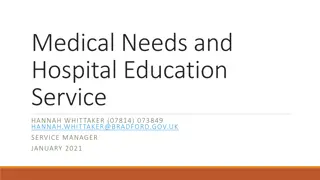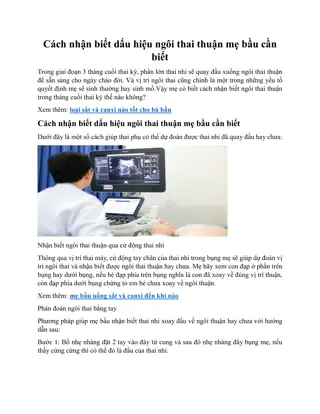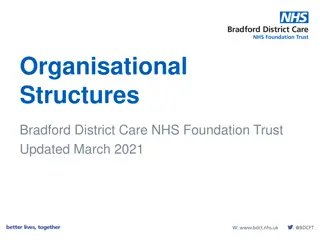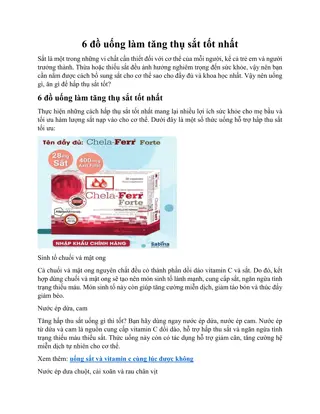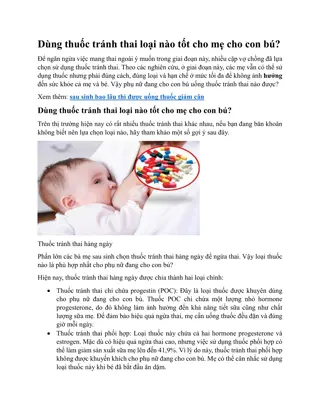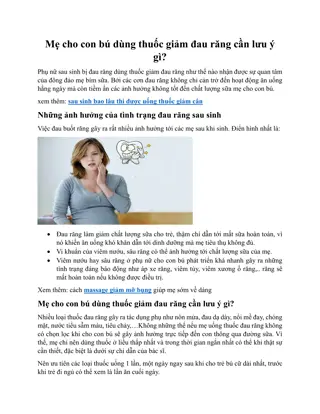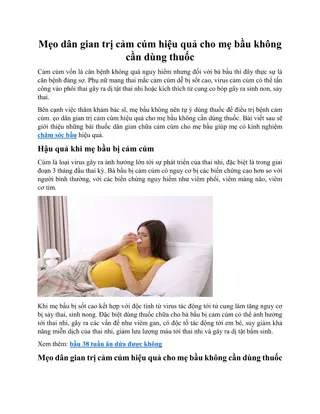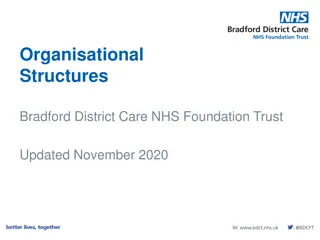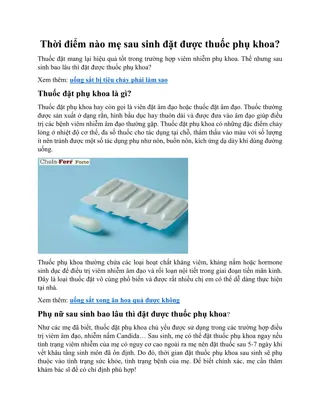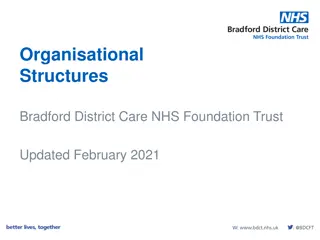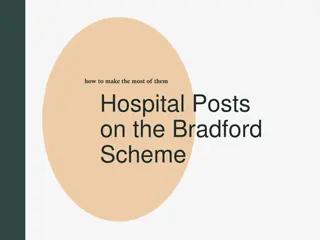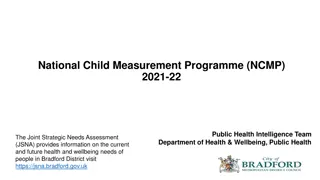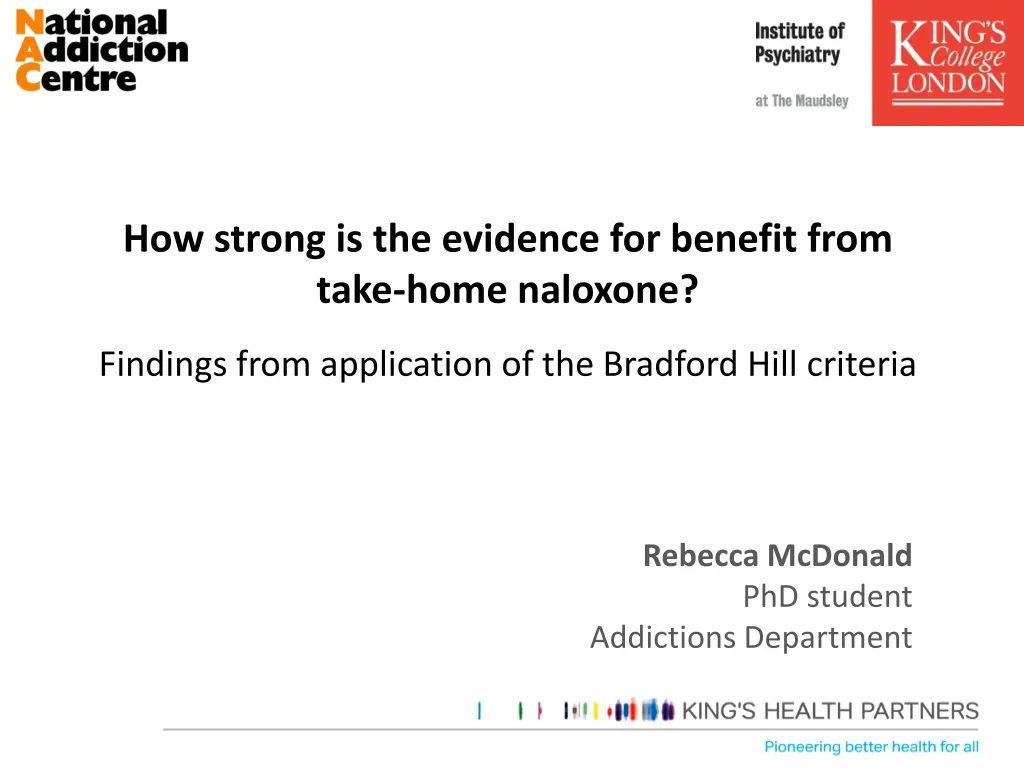
Evidence for Benefit from Take-Home Naloxone: A Bradford Hill Criteria Evaluation
Explore the strength of evidence for the effectiveness of take-home naloxone in reducing opioid overdose deaths through an application of the Bradford Hill criteria. Discover the findings and implications from this comprehensive review conducted by Rebecca McDonald, a Ph.D. student in the Addictions Department.
Download Presentation

Please find below an Image/Link to download the presentation.
The content on the website is provided AS IS for your information and personal use only. It may not be sold, licensed, or shared on other websites without obtaining consent from the author. If you encounter any issues during the download, it is possible that the publisher has removed the file from their server.
You are allowed to download the files provided on this website for personal or commercial use, subject to the condition that they are used lawfully. All files are the property of their respective owners.
The content on the website is provided AS IS for your information and personal use only. It may not be sold, licensed, or shared on other websites without obtaining consent from the author.
E N D
Presentation Transcript
How strong is the evidence for benefit from take-home naloxone? Findings from application of the Bradford Hill criteria Rebecca McDonald PhD student Addictions Department
Overview 1. Introduction: opioid overdose deaths and naloxone 2. Methods: identification of eligible studies 3. Results: evaluation using the Bradford Hill criteria 4. Limitations and strengths of this review 5. Conclusion 2
1 | Introduction Opioid use = int l public health problem (UNODC/WHO 2013) England & Wales: 64% rise in heroin / morphine deaths in 2012-14 (ONS, 2015) Take-home naloxone (THN) since 1996 (Bigg 2002; Strang et al 1996) Systematic reviews (Clark 2014; EMCDDA 2015) 2014 WHO Guidelines England & Wales: Heroin/morphine deaths 1000 800 600 400 200 0 2010 2011 2012 2013 2014 Study aim: Apply established criteria to address: Are THN programs effective at reducing opioid overdose deaths? 3
2.1 | Systematic Search Replication of search strategy by Clark et al. (2014): 1. MEDLINE, PsychINFO, and PubMed January 1946 and June (3rd week) 2015 Boolean search query: (opioid OR opiate) AND overdose AND prevention 2. Grey literature 3. Hand-searching Exclusion criteria: Reporting on naloxone/buprenorphine, case reports; not reporting on heroin or opioid users, not reporting on naloxone, not reporting on overdose, not reporting primary research data. Inclusion criteria: Original quantitative (or mixed-method) studies of take-home naloxone programs that trained opioid users in overdose prevention AND reported on overdose outcomes 4
2.2 | Identification of Eligible Studies Records identified through database searching (n = 1,397) 1. Electronic databases: 1,397 records (150 Medline + 475 PubMed + 772 PsycInfo) Grey literature: 0 records Hand-searching: 5 records Duplicates (n = 210) and non-English language articles (n = 23) excluded 2. 3. Studies screened for title or abstract (n = 1,164) Irrelevant records excluded (n = 1,021 based on title; n = 107 based on abstract) 22 studies included in analysis: 1x interrupted-time series analysis 16x pre-post studies 3x case-series 2x cross-sectional Full papers retrieved (n = 36) Excluded based on full paper (n = 19) Case study: n = 1 Not relevant: n = 8 Population: n = 2 Qualitative: n = 4 Review article: n = 4 Additional papers identified from hand-searching (n = 5) No randomization Included studies (n = 22) 5
2.3 | Analysis: Bradford Hill Criteria British statistician Sir Austin Bradford Hill (1965) Designed to assess causality when only correlational data are available 1) Strength of association 2) Temporality 3) Consistency 4) Plausibility 5) Coherence 6) Specificity 7) Dose-response relationship 8) Experimental evidence 9) Analogy 6
3.1 | Results: Bradford Hill Criteria 1) Strength of Association The stronger the association between the exposure to a treatment and the clinical outcome, the less likely it is influenced by an external variable. 21/22 studies: THN 2,278 OD reversals 1/21 studies: 16 ODs witnessed, no naloxone on site 2) Temporality A cause-and-effect hypothesis can only find empirical support if the presumed cause precedes the effect in time. 21/22 studies: THN preceded OD reversals Interrupted time-series analysis (Walley et al 2013a) 7
3.2 | Results: Bradford Hill Criteria (contd) 3) Consistency The credibility of a finding increases if different investigators can replicate it across different locations and under different circumstances. Replication in 15 different cities/states in CA, DE, UK, and US Replication over time in NYC (2006, 2008) and SF (2005, 2010, 2015) 4) Biological Plausibility There is stronger support for causality if there is a likely biological or pharmacological mechanism that can explain the association between exposure to treatment and the outcome. Naloxone binds to the -opioid receptor 21/22 studies: pharmacological action 2,278 OD reversals 8
3.3 | Results: Bradford Hill Criteria (contd) 5) Coherence Causality between exposures to an intervention and the observed findings is supported when the association is coherent with current knowledge of the disease. Vice versa, conflicting or lack of supporting evidence would count against coherence. Declining OD mortality during AUS heroin drought 0/22 studies fulfill criterion 6) Specificity Causality can be established when one intervention leads to one specific outcome and when said outcome has only one cause. 2/22 studies : o No effect in case of cocaine intoxication (Dettmer et al 2001) o Fatal case with non-opioids in system (Maxwell et al 2006) 9
3.4 | Results: Bradford Hill Criteria (contd) 7) Dose-response Relationship If a dose-response relationship can be observed for the cause-and-effect hypothesis, increased exposure to a treatment will proportionally impact the clinical outcome. 1/22 studies assessed dose response (Walley et al 2013a) o 19 communities split into 3 groups by enrollment o Significant implementation-dose relation 8) Experimental Evidence If experimental manipulation of the exposure-outcome association impacts the outcome, (semi)experimental evidence is given. This delivers the strongest support for causation. Experimental evidence: 0/22 studies Quasi-experimental evidence: 1/22 studies (Walley et al 2013a) 10
3.5 | Results: Bradford Hill Criteria (contd) 9) Analogy If a treatment similar to A leads to a clinical outcome similar to B, then this analogy counts as evidence in support of our hypothesis that A causes B. THN compared to emergency medications for family use (e.g. EpiPen, Buccolam) 0/22 studies provide empirical data 11
3.6 | Results: Bradford Hill Criteria (contd) SUMMARY: 1) Strength of association 2) Temporality 3) Consistency 4) Plausibility 5) Coherence 6) Specificity 7) Dose-response relationship 8) Experimental evidence 9) Analogy 12
4.1 | Discussion: Summary of Findings Bradford Hill (1965): [T]he fundamental question - is there any other way of explaining the set of facts before us, is there any other answer equally, or more, likely than cause and effect? Strong support of the causation hypothesis: o THN reduced fatal OD outcomes o Alternative explanations unlikely Low rate of adverse events: 1 death per 122 successful OD reversals High-risk populations: detox (2/22) and methadone patients (1/22), homeless users (5/22), prison inmates (1/22) 13
4.2 | Discussion: Strengths & Limitations First application of Bradford Hill criteria to int l evidence base on THN Findings support 2014 WHO Guidelines and previous systematic reviews Limitations: Studies reported on heroin ODs effectiveness for Rx opioids unclear Comparability of naloxone injection vs. nasal spray unclear 21/22 studies: self-report data Follow-up: 9/22 studies systematic; range 5%-100% selection bias? Despite methodological limitations: Robust finding: THN reduction in OD deaths Consistent with grey literature: e.g. Scotland prison release data (ISD 2014) 14
5 | Conclusions Take-home naloxone programs: Fulfill 7/9 Bradford Hill criteria for causation; Reduce heroin OD mortality; Should be standard of care for community-based prevention of heroin OD deaths. 15
Thank you Email: rebecca.s.mcdonald@kcl.ac.uk
References (A-L) Bennett T, Holloway K. The impact of take-home naloxone distribution and training on opiate overdose knowledge and response: An evaluation of the THN Project in Wales. Drugs: Education, Prevention and Policy. 2012;19(4):320-8. Bennett AS, Bell A, Tomedi L, Hulsey EG, Kral AH. Characteristics of an overdose prevention, response, and naloxone distribution program in Pittsburgh and Allegheny County, Pennsylvania. Journal of Urban Health. 2011 Dec;88(6):1020-30. Best D, Gossop, M, Man, LH, Stillwell G, Coomber R, & Strang J. Peer overdose resuscitation: multiple intervention strategies and time to response by drug users who witness overdose. Drug and Alcohol Review. 2002. 21(3), 269-274. Bigg D. Data on take home naloxone are unclear but not condemnatory. BMJ: British Medical Journal. 2002. 324(7338), 678. Bradford Hill A. The environment and disease: association or causation? Proceedings of the Royal Society of Medicine. 1965;58(5):295. Clark AK, Wilder CM, Winstanley EL. A systematic review of community opioid overdose prevention and naloxone distribution programs. Journal of Addiction Medicine. 2014;8(3):153-63. Degenhardt L, Bucello C, Mathers B, Briegleb C, Ali H, Hickman M, et al. Mortality among regular or dependent users of heroin and other opioids: a systematic review and meta analysis of cohort studies. Addiction. 2011;106(1):32-51. Dettmer K, Saunders B, Strang J. Take home naloxone and the prevention of deaths from opiate overdose: Two pilot schemes. BMJ: British Medical Journal. 2001 Apr;322(7291):895-6. Doe-Simkins M, Walley AY, Epstein A, Moyer P. Saved by the nose: Bystander-administered intranasal naloxone hydrochloride for opioid overdose. American journal of public health. 2009 May;99(5):788-91. Dwyer K, Walley AY, Langlois BK, Mitchell PM, Nelson KP, Cromwell J, et al. Opioid education and nasal naloxone rescue kits in the emergency department. The Western Journal of Emergency Medicine. 2015 May;16(3):381-284. EMCDDA. European Drug Report 2015. 2015. Lisbon: EMCDDA. EMCDDA. Preventing fatal overdoses: a systematic review of the effectiveness of take-home naloxone. 2015b. Available from: http://www.emcdda.europa.eu/publications/emcdda-papers/naloxone-effectiveness. Enteen L, Bauer J, McLean R, Wheeler E, Huriaux E, Kral AH, et al. Overdose prevention and naloxone prescription for opioid users in San Francisco. Journal of Urban Health. 2010. Galea S, Worthington N, Piper TM, Nandi VV, Curtis M, Rosenthal DM. Provision of naloxone to injection drug users as an overdose prevention strategy: early evidence from a pilot study in New York City. Addictive behaviors. 2006 May;31(5):907-12. ISD. National Naloxone Programme Scotland naloxone kits issued in 2013/14 and trends in opioid-related deaths 2014. Available at: http://www.isdscotland.org/Health-Topics/Drugs-and-Alcohol-Misuse/Publications/2014-10-28/2014-10-28-Naloxone-Report.pdf. Lankenau SE, Wagner KD, Silva K, Kecojevic A, Iverson E, McNeely M, et al. Injection drug users trained by overdose prevention programs: Responses to witnessed overdoses. Journal of Community Health: The Publication for Health Promotion and Disease Prevention. 2013 Feb;38(1):133-41. Leece, P. N., Hopkins, S., Marshall, C., Orkin, A., Gassanov, M. A., & Shahin, R. M. (2013). Development and implementation of an opioid overdose prevention and response program in Toronto, Ontario. Can J Public Health, 104(3), e200-e204. Lopez-Gaston R, Best D, Manning V, Day E. Can we prevent drug related deaths by training opioid users to recognize and manage overdoses. Harm Reduction Journal. 2009;6(1):26.
References (M-Z) Markham-Piper T, Stancliff S, Rudenstine S, Sherman S, Nandi V, Clear A, et al. Evaluation of a naloxone distribution and administration program in New York City. Substance use & misuse. 2008;43(7):858-70. Maxwell S, Bigg D, Stanczykiewicz K, Carlberg-Racich S. Prescribing naloxone to actively injecting heroin users: a program to reduce heroin overdose deaths. Journal of Addictive Diseases. 2006;25(3):89-96. McAuley A, Lindsay G, Woods M, Louttit D. Responsible management and use of a personal take-home naloxone supply: a pilot project. Drugs: Education, Prevention, and Policy. 2010;17(4):388-99. McGregor C, Darke S, Ali R, & Christie P. Experience of non-fatal overdose among heroin users in Adelaide, Australia: circumstances and risk perceptions. Addiction. 1998. 93(5), 701-711. Rowe C, Santos GM, Vittinghoff E, Wheeler E, Davidson P, Coffin PO. Predictors of participant engagement and naloxone utilization in a community- based naloxone distribution program. Addiction (Abingdon, England). 2015 Apr 27. Seal KH, Thawley MR, Gee ML, Bamberger J, Kral AH, Ciccarone D, et al. Naloxone distribution and cardiopulmonary resuscitation training for injection drug users to prevent heroin overdose death: a pilot intervention study. Journal of Urban Health. 2005;82(2):303-11. Strang J, Darke S, Hall W, Farrell M, Ali R. Heroin overdose: the case for take-home naloxone. BMJ. 1996;312(7044):1435. Strang J, Powis B, Best D, Vingoe L, Griffiths P, Taylor C, ... & Gossop M (1999). Preventing opiate overdose fatalities with take home naloxone: pre launch study of possible impact and acceptability. Addiction, 94(2), 199-204. Strang, J., Manning, V., Mayet, S., Best, D., Titherington, E., et al. Overdose training and take home naloxone for opiate users: prospective cohort study of impact on knowledge and attitudes and subsequent management of overdoses. Addiction. 2008. 103(10), 1648-1657. Strang J, Manning V, Mayet S, Best D, Titherington E, et al. Overdose training and take home naloxone for opiate users: prospective cohort study of impact on knowledge and attitudes and subsequent management of overdoses. Addiction. 2008b;103(10):1648-57. Tobin KE, Sherman SG, Beilenson P, Welsh C, & Latkin, CA (2009). Evaluation of the Staying Alive programme: training injection drug users to properly administer naloxone and save lives. International Journal of Drug Policy, 20(2), 131-136. UNODC/WHO. Opioid Overdose: Preventing and Reducing Opioid Overdose Mortality Vienna: United Nations; 2013. Available from: http://www.unodc.org/docs/treatment/overdose.pdf Wagner KD, Valente TW, Casanova M, Partovi SM, Mendenhall BM, Hundley JH, et al. Evaluation of an overdose prevention and response training programme for injection drug users in the Skid Row area of Los Angeles, CA. International Journal of Drug Policy. 2010 May;21(3):186-93. Walley AY, Xuan Z, Hackman HH, Quinn E, Doe-Simkins M, Sorensen-Alawad A, et al. Opioid overdose rates and implementation of overdose education and nasal naloxone distribution in Massachusetts: interrupted time series analysis. BMJ. 2013a;346:f174. Walley AY, Doe-Simkins M, Quinn E, Pierce C, Xuan Z, Ozonoff A. Opioid overdose prevention with intranasal naloxone among people who take methadone. Journal of Substance Abuse Treatment. 2013b Feb;44(2):241-7. WHO. Community management of opioid overdose 2014. Available from: http://apps.who.int/iris/bitstream/10665/137462/1/9789241548816_eng.pdf?ua=1&ua=1. Williams AV, Strang J, Marsden J. Training family members to manage heroin overdose and administer naloxone: randomized trial of effects on knowledge and attitudes. Addiction. 2014, 109(2), 250-259. Yokell MA, Green TC, Bowman S, McKenzie M, Rich JD. Opioid overdose prevention and naloxone distribution in Rhode Island. Medicine & Health, Rhode Island. 2011 Aug;94(8):240-2.




